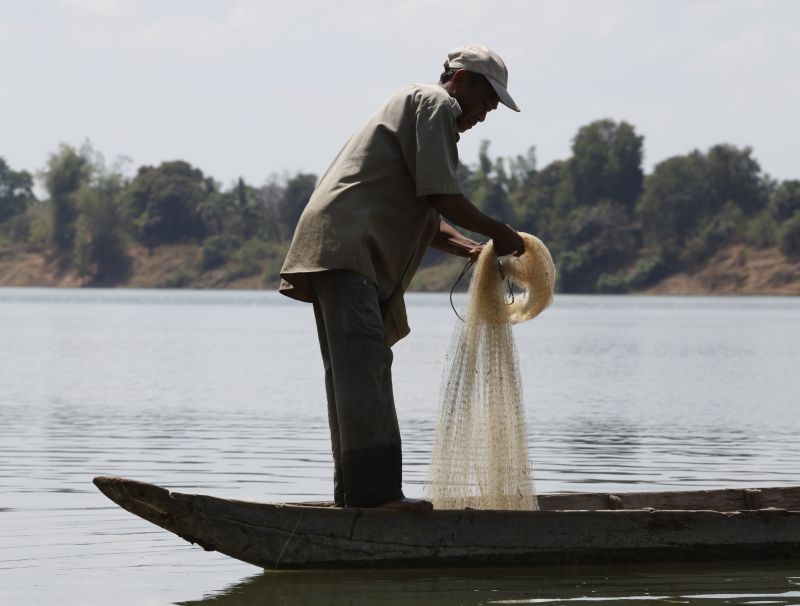ADB Greater Mekong Subregion Program
The Asian Development Bank (ADB) claims that the Greater Mekong Subregion (GMS) initiative has contributed to rapid economic growth among Mekong nations, and therefore to poverty alleviation.
On the other hand, critics claim that the growth models promoted by the ADB have actually had a negative impact on many of the poor – especially rural communities, ethnic minorities and women – while disproportionately benefiting corporations and urban elites.
In particular there is concern that the GMS initiative has encouraged widespread and unsustainable exploitation of natural resources through logging, hydropower dams, commercial fishing and mining. This has enormous implications for the millions of small-scale farmers and fishers in the Mekong region who depend on these resources for survival.
Why the GMS program is so important
The main reason lies in its regional approach – it involves the highest levels of government. The purpose of the GMS program is to influence the development decisions of Mekong governments in key areas such as trade, investment and infrastructure. Therefore, decisions made in consideration of the GMS program directly impact on the lives of the subsistence farmers and fishermen of the region; as well as the forests and land.
So the program:
- Influences key development decisions of Mekong governments
- Directly affects the lives of millions of people with its projects
- Affects poverty and inequality
- Affects the environment
We are concerned that decisions made are in the best interests of the people affected and the environment.
A number of GMS projects that have had damaging impacts for local communities and are well documented include:
GMS projects in Laos
The Theun Hinboun Hydropower Project in Laos has affected the lives of almost 30,000 people living downstream from the dam through a 30–90 % reduction in fish. The disappearance of other aquatic foods, the loss of dry season vegetable gardens due to river bank erosion, and the dangers and damage caused by increased and unpredictable flooding have also had significant impacts.
Another very controversial project under the GMS initiative, is the Nam Theun II Hydropower Project, also in Laos. This project has:
- Forced 6,200 Indigenous peoples from their homes in Nakai Platau
- Flooded elephant and other wildlife and wetlands habitat?
- Affected 120,000 downstream villagers through changes in water flows leading to major fisheries losses and causing 2,000 households to lose land, assets and access to resources
Even though the power company and the ADB claimed that the resettlement was being well managed, the reality is that the standards of living for resettled villagers have begun to decline.
GMS project in Cambodia
The purpose of the Highway 1 Project in Cambodia between Phnom Penh and Ho Chi Minh City is to increase transport and trade flows, which the ADB sees as essential to contributing to poverty reduction. However, the road has resulted in relocating several communities. In addition, because the compensation payments, to which communities were entitled under the ADB’s Resettlement Policy, were delayed by several years, community members have been forced into debt and many are now worse off than before the road construction.
Oxfam is working with partners to help the affected communities lobby the ADB to take responsibility for the problems it has caused.
Learn more
- For an easy-to-understand guide and resource to influencing the GMS program, please go to our Citizen’s Guide to the Greater Mekong Subregion Program (PDF, 1.4MB) or download the guide in khmer.
- Find out more about those behind infrastructure development projects like the Greater Mekong Subregion Program.
